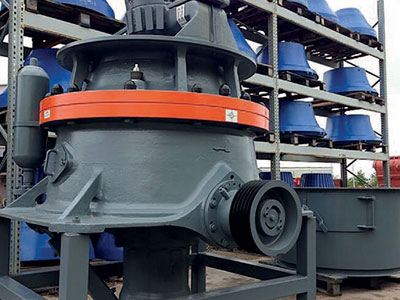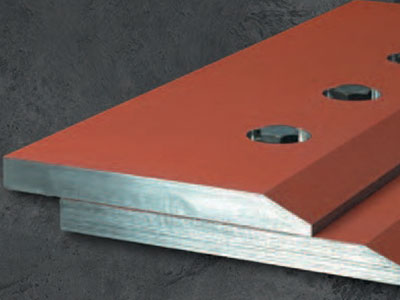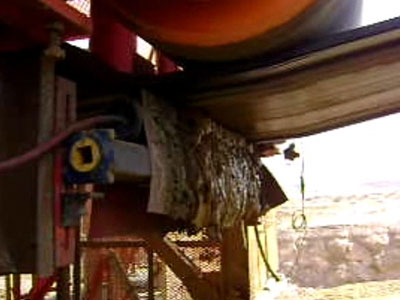They trust Matam:
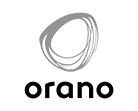



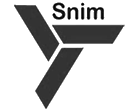
Our top Products
Matam develops a wide range of very competitive products covering all typical problems and resolving thus all wearing problems such as abrasion, corrosion, cavitations and impact.
CRUSHER
SPARE PARTS
Spare parts for Gyratory cruchers, Cone cruchers, Electric shovels, Draglines, Hydraulic shovels, Screens
ABRASION RESISTANT PRODUCTS
Abrasion resistant steel plates produced by ThyssenKrupp Germany. Ideal for chutes, bins, cutting edges,…
DIRT WHACKER
BELT CONVEYOR CLEANER
We manufacture, stock and commercialise worldwide the wonderful belt scrapers “DIRT WHACKER®”
We are problem solvers
We can help you whatever problem you are facing: crushing problems, abrasion, cavitation and impact in mines, quarries, cement factories, steelworks or other industries…
Any mining problem to solve?
A TRUSTED PARTNER
Matam is a trusted partner in the mining industry, renowned for innovative solutions that effectively address abrasion challenges. With a proven track record of reliability, our products contribute to cost savings and minimized downtime. Guided by a client-centric approach and expert support, Matam is a valued partner for mining professionals.



info@matam.be
Phone
Phone : +32 (0)2 354 67 34
Address
Zoning Artisanal de Waterloo
Av. des Pâquerettes, 55 - Bte 42
1410 Waterloo
Belgium
Need spare parts?
Premium replacement parts for major brands: Sandvik, Metso, Allis-Chalmers, Symons, Nordberg, Raptor, XAR and many more…

